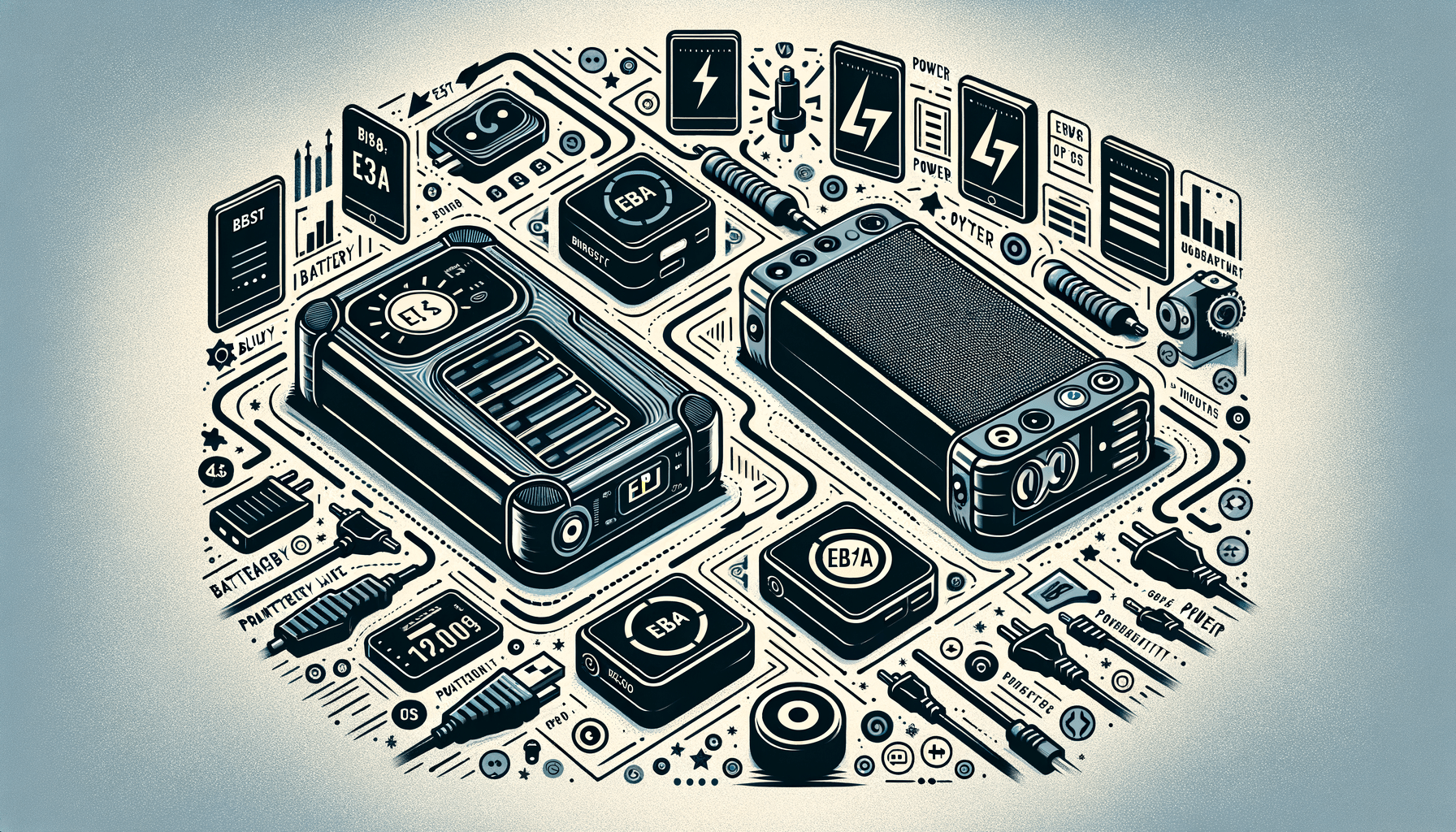When it comes to portable power solutions, two models often emerge as strong contenders in the bustling market of battery-powered stations: the Bluetti EB70S and the EcoFlow Delta. Both units proclaim robust capabilities and cutting-edge features. This guide dives into the nitty-gritty of what each power station offers. Whether you’re planning an off-grid adventure or securing backup power for emergencies, keep on reading to make an informed purchase.
Comparing Battery Capacity and Power Output
At the heart of any power station is its battery capacity and the power it can deliver to your devices. The Bluetti EB70S touts a LiFePO4 battery with a 716Wh capacity and a pure sine wave inverter capable of delivering 800W (surging to 1,400W). In contrast, the EcoFlow Delta steps up the game with a 1260Wh capacity and delivers a steady 1800W (with a surge capacity of 3300W) through its lithium-ion core.
Recharging Speed: The Race Against Time
Recharge time is a critical factor for power station users. The EB70S and Delta offer impressive recharge rates, thanks primarily to their MPPT charge controllers. The EB70S recharges in approximately 4-4.5 hours with either AC or solar input, while the Delta boasts an X-Stream fast charge technology that can hit 80% in a mere hour with a full recharge at around an hour and a half with AC power.
Portability: Moving Power Where It’s Needed
Portability is more than just weight – it’s the overall design that makes a unit easy to carry around. The EB70S is lighter at 21.4lb, compared to Delta’s 30.9lb. Both units are designed with handles but differ in dimensions, with the EB70S being more compact.
Output Options: Powering Your Devices
Outlets and ports greatly influence the versatility of a power station. Bluetti’s EB70S is decked out with 4 AC outlets, 2 USB-C ports, and more for various devices. On the other hand, Delta provides 6 AC outlets and a variety of USB ports, including fast-charging options, accommodating a wider array of devices and higher power tools.
Detailed Technical Comparison
| Attribute | Bluetti EB70S | EcoFlow Delta |
|---|---|---|
| Battery Capacity | 716Wh | 1260Wh |
| Output Power (Continuous) | 800W | 1800W |
| Output Power (Surge) | 1,400W | 3,300W |
| AC Outlets | 4 | 6 |
| USB-C Port | 2 x 100W | 2 |
| Car Outlet | 1 x 12V/10A | 1 |
| Charge Time (AC) | ≈4-4.5 Hours | ≈1.6 Hours |
| Solar Input | 200W Max. | 400W Max. |
| Weight | 21.4lb | 30.9lb |
| Dimensions | 12.6 x 8.5 x 8.7 in | 15.7 x 8.3 x 10.6 in |
| Cycle Life | >2500 cycles to 80% | 800+ cycles to 80%+ |

Safety and Lifecycle: The Long Run Factors
A power station’s longevity and safety features can’t be ignored. BLUETTI’s EB70S comes with a life guarantee of 2,500+ cycles to 80% capacity, secured by its LiFePO4 battery chemistry. The Delta reports a lower lifecycle of 800+ cycles but still stands strong for long-term usage. Both incorporate sophisticated battery management systems ensuring device safety.
Integration with Solar Panels: Off-Grid Versatility
For those eyeing solar efficiency, the EB70S’s maximum solar input caps at 200W, while the Delta can handle up to 400W, promising faster solar recharge rates. This capability is vital for those seeking sustainability or needing power in remote locations.
Convenience Features: User Experience
Aside from technical specs, user-friendly features also matter. BLUETTI EB70S offers a wireless charging pad for ease and quick access. However, the Delta excels in powering up to 13 devices simultaneously, being more suitable for heavy-duty usage.

Final Thoughts: Which Power Station Reigns Supreme?
Choosing between the Bluetti EB70S and the EcoFlow Delta boils down to your specific needs. The EB70S shines with its lighter build, faster solar charging, and ample cycles, apt for lightweight outdoor trips and less demanding power needs. The Delta, on the other hand, is a powerhouse suitable for prolonged outages, heavy-duty tools, and home backup situations. Both are impressive feats of portable power technology, and your choice should align with the demands of your adventures or emergencies.


Leave a Reply